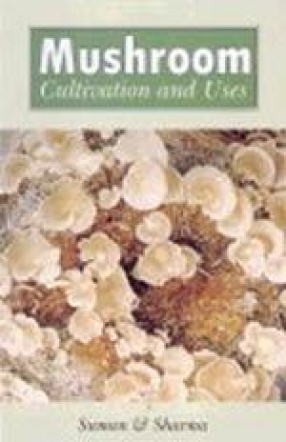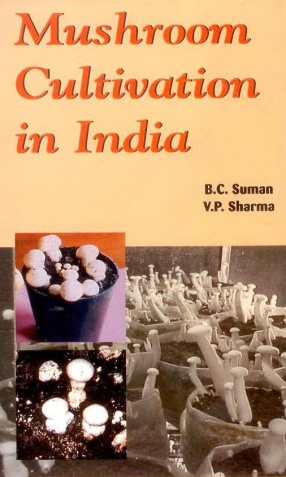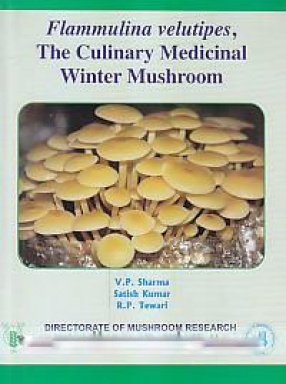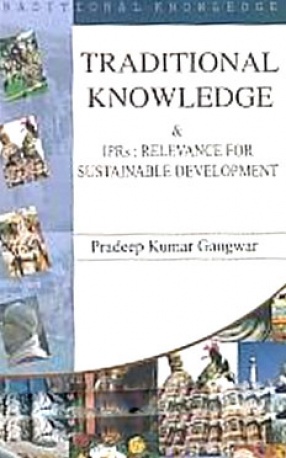India is blessed with varied agro climate, abundance of agricultural waster and manpower making it most suitable for the cultivation if all types of temperate, subtropical and tropical mushrooms. It is estimated that about 170 million tones of crop residues are left unused for burning, out of which even one per cent of their utilization for the production of mushrooms can make India as one of the major mushrooms producing country of the world. Though mushroom production in India started in 1961, but it is only after 1990 that India made some noticeable progress. The technology of mushroom production has advanced dramatically over the past few years in most advanced countries of the world. However, in India, where majority of the mushroom holdings are either lacking proper environmental control facilities or do not have adequate compost preparation and pasteurization facilities, development of various pests and diseases sufficiently to a level to run the industry can not be overruled. Further, with the trend towards intensification and continues cropping, pests and pathogens can easily establish if attention is not given gene, proper pasteurization and exact cropping parameters. The mushroom growers must always be aware of these dangers and it is very important for them to recognize the first signs of any disorder with correct identification and the application of existing knowledge, so that these disorders could be successfully treated. The book is intended to provide knowledge of pests and pathogens to all those who are associated with mushroom production, so that by careful observation and description of the disorders it could be possible to make an identification and then apply the appropriate measures to combat the problem. Effort has been made to highlight the importance of hygiene during mushroom cultivation, so that production level achieved during the first year could be maintained by avoiding “Site Contamination phenomenonâ€. Most of the mushroom growers mistake “First year†Success, guaranteed for the following years which generally lead to the development of pests and harmful micro flora sufficiently enough to result in considerable economic loss. Control of pests and pathogens should be accomplished by a combination of all the methods available like cultural, physical, genetic, biological and chemical. Chemicals, however, may be used as the last resort, keeping in view the nature if the crop and residual toxicity. Mushroom crop is ideally suited to the use of bio-control technology and there have been considerable developments in this field. It seems likely that in the future we may see advances in the use of biological agents which may ultimately replace pesticides as the growers main weapon in the fight against pests and pathogens. Attempt has been made to integrate all these approaches and to present a logical and analytical approach to the control of mushroom problems. It is generally realized that there is an acute shortage of literature in mushroom cultivation especially regarding management of pests and diseases, based on the requirements of the growers in our country. The present book covered all aspects on the identification and management of pests and diseases, based on the requirements of the growers in our country. He present book covered all aspects on the identification and management of competitors, pathogens and pests in simple language. It is often very difficult to fulfill the expectations of different sections of the community (Mushroom growers and researchers) but continued efforts to have a judicious blending of the needs of the community, would be our endeavor in future.
Diseases and Pests of Mushrooms
In stock
Free & Quick Delivery Worldwide
reviews
Bibliographic information
Title
Diseases and Pests of Mushrooms
Author
Edition
1st ed.
Publisher
ISBN
8177542486
Length
xiv+212p., Tables; Figures; Plates; References; Index; 23cm.
Subjects










There are no reviews yet.